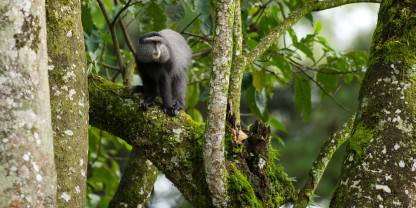Safety
Kakamega Forest is, in our opinion, a very safe destination, especially if you are visiting on an organized tour. However, you should take normal safety precautions if you are traveling independently and if you are stopping in cities and towns between parks. As is the case anywhere in the world, most crime tends to occur in urban areas. Please read ‘Cities & Urban Areas: Safety Precautions’ below.
For current information about safety and traveling in Kenya, please check the travel advisories (see the ‘Governments’ Travel Advice for Kenya’ link below).
- General Travel Safety Precautions
- Cities & Urban Areas: Safety Precautions
- Safety & Security – Kenya
- Governments’ Travel Advice for Kenya
Malaria & Vaccinations
A trip to Kenya might require some vaccinations. Due to the high altitude, there is little malaria in Kakamega Forest. However, antimalarials are recommended, especially if you plan to travel elsewhere in the country. Other precautions include covering up exposed skin in the evening and applying mosquito repellent containing DEET.
Wildlife Viewing
Wildlife viewing in Kakamega Forest is very safe. There are very few dangerous animals in the forest. Always listen to the instructions given by your guide and read the ‘Wildlife Viewing Safety Precautions’ below for more information.

